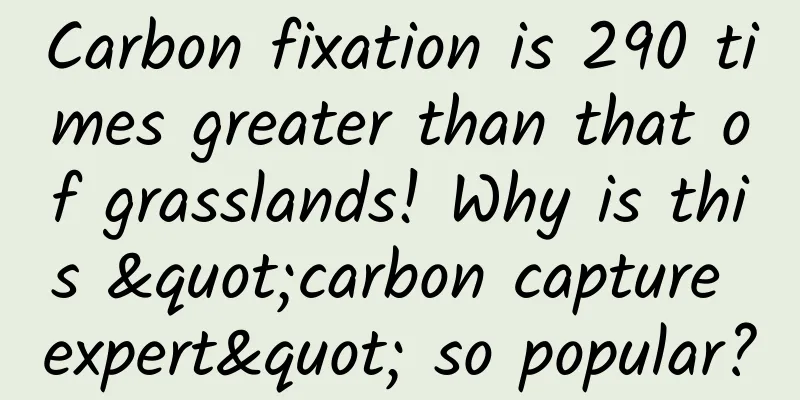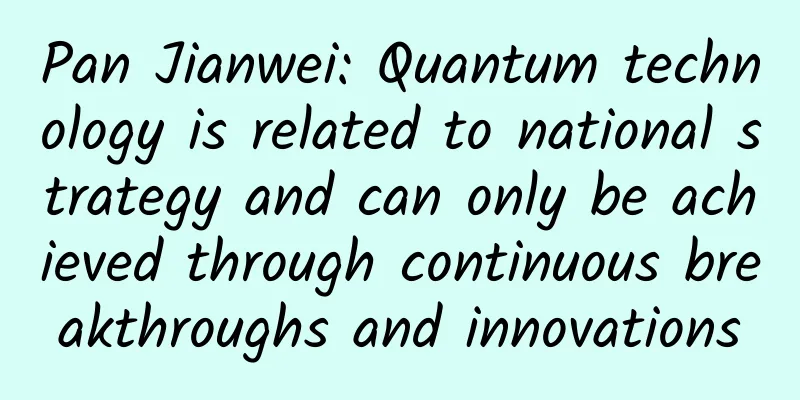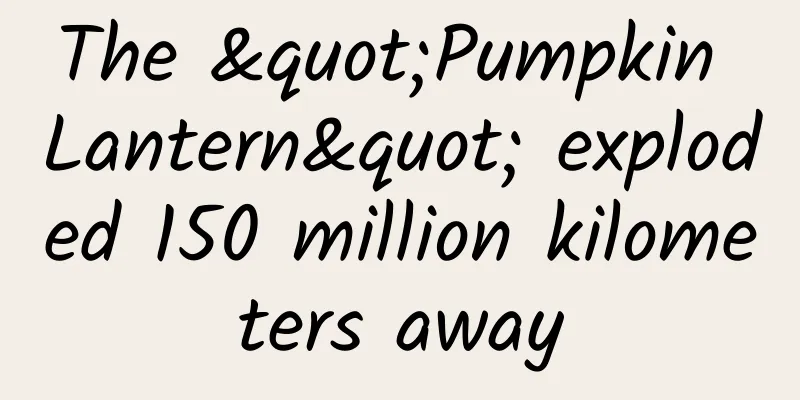Carbon fixation is 290 times greater than that of grasslands! Why is this "carbon capture expert" so popular?

|
In recent years, the concept of "dual carbon" has been deeply rooted in people's hearts. In our Guangzhou Nansha It turns out that there is a "carbon catcher" with such outstanding capabilities! Its carbon sequestration capacity is 290 times that of grasslands So In addition to "green carbon", did you know there is also "blue carbon"? What exactly is “blue carbon”? Next, Dr. Ke will take everyone to uncover The mystery of “blue carbon”! Carbon sink is a process, activity or mechanism that reduces the concentration of greenhouse gases in the atmosphere by absorbing carbon dioxide from the atmosphere; forests and marine plants in the ecosystem store carbon dioxide from the atmosphere through photosynthesis, and this activity is called "carbon sink". There are many ways of carbon sink, including marine carbon sink, forestry carbon sink, etc. "Blue carbon" or marine carbon sink refers to the process, activities and mechanisms of using marine organisms to absorb carbon dioxide from the atmosphere and fix it in the ocean. Among them, mangroves, seagrass beds and coastal salt marshes are three representative "coastal blue carbon ecosystems". They have the characteristics of combining multiple goals of absorbing and storing carbon, responding to climate change, protecting biodiversity and sustainable development. They can effectively reduce greenhouse gas emissions and help achieve carbon neutrality goals. They have become the frontier of global climate governance. Photo/Guangzhou Nansha Release Blue carbon has significant advantages over green carbon sinks in terms of carbon capture and storage. The amount of biological carbon sequestration per unit sea area is 10 times that of forests and 290 times that of grasslands. It is one of the development directions of CCUS (carbon capture, utilization and storage). In addition, incorporating marine carbon sinks into the carbon trading market for trading is a necessary link in promoting the construction of my country's carbon trading market, which is not only conducive to promoting the goal of efficient emission reduction and carbon sink increase, but also conducive to forming new economic growth points. (1) Physical carbon fixation in the ocean It means that through the action of the ocean's "physical pump", the carbon dioxide-carbonate system in seawater diffuses and transfers to the deep sea, forming calcium carbonate and depositing on the seabed, eventually forming calcareous mud, thereby playing a role in carbon fixation. (2) Deep sea carbon storage Scientific research has found that in the deep sea, carbon dioxide will form a hydrate with water, that is, a solid shell will be formed on the outside, which limits the contact between carbon dioxide and seawater. The gas stored in this way will be sufficient to cope with the most severe earthquakes or other earth upheavals, and can ensure its "safety without escape" for thousands of years. (3) Carbon fixation by marine organisms It refers to the process of fixing carbon through the action of the ocean's "biological pump", that is, a series of processes such as organic carbon production, consumption, transfer, sedimentation, decomposition, and deposition by marine organisms, thereby achieving "carbon transfer". Algae, coral reefs, shellfish, etc. in the ocean have strong carbon fixing capabilities. (4) Carbon sequestration in coastal wetlands Wetlands accumulate a large amount of inorganic and organic carbon in the ecological processes of plant growth, siltation and land formation. Wetland soil water is supersaturated and has anaerobic ecological characteristics. Soil microorganisms are mainly anaerobic fungi, and their activities are relatively weak. The carbon accumulated in wetlands forms wetland soil rich in organic matter. Photo/Guangzhou Nansha Release The water plants are lush, fish swim in the shallows, thousands of birds fly into the forest, and the trees are lush and green... Located on the west bank of the Pearl River estuary, the Nansha Wetland has 18 species of mangrove plants and is the largest coastal mangrove wetland in Guangzhou. Here, you can feel the wonderful beauty of natural ecology at any time! Photo/Nansha Wetland Walking among them, we can see native Kandelia candel, Tung tree and Acanthus truncatum, as well as imported Sonneratia apetala and Laguania truncatum. The mangrove plants we see are full of green leaves and the trunks are brown. Why are they called mangroves? This is because the bark of mangrove plants contains rich tannins, which are transparent at first, but will oxidize to red when exposed to air. Photo/Nansha Wetland Mangroves are ecosystems with particularly outstanding species diversity. Experts have analyzed that it is very natural to find hundreds of bird species in mangroves. The Nansha Wetland in Guangzhou is home to flocks of wild ducks and standing herons. Together with Mai Po in Hong Kong and Qi'ao Island in Zhuhai, it forms the migratory breeding area for waterbirds in the Pearl River Estuary Wetland, known as the "migratory bird paradise" in the Pearl River Delta. Every year, a large number of birds come to the Nansha Wetland to roost and spend the winter. So far, a total of 207 bird species have been observed and recorded, including one national first-class key protected bird and 16 national second-class key protected birds, including the world's endangered birds such as the black-faced spoonbill and the white spoonbill; there are also 116 species of fish and 67 large benthic animals. Photo/Guangzhou Nansha Release As the largest coastal mangrove wetland in Guangzhou, Nansha Wetland plays an important role in preventing wind and waves, conserving water and soil, and regulating climate, and is known as the "Kidney of Guangzhou". Mangroves are the "king" in carbon sequestration and are also considered to be the most effective coastal blue carbon ecosystem for carbon sequestration. To this end, protecting the existing mangroves in Nansha Wetland and repairing damaged mangroves will help store and seal carbon and increase the carbon sink increment of the ecosystem. Photo/Guangzhou Nansha Release “Blue Carbon” is about the future We are interconnected with our environment Only through joint efforts To better protect the "blue carbon" ecosystem Source: Guangzhou Nansha Release, Guangzhou Urban Planning Exhibition Center, Environmental Protection Online. The cover image and the images in this article are from the copyright gallery Maker Post. Reprinting and using them may cause copyright disputes. |
>>: This penguin has a unique way of molting, and they've been having some trouble lately...
Recommend
[Case Study] Details behind an H5 campaign with 130 million UVs revealed!
Hello everyone, we are the team responsible for t...
The first DX12 game "Ashes of the Singularity" AN card review
Microsoft officially released a new generation of...
What happens when you contribute code to open source every day for a year
My requirements for contributing code are relativ...
The history of medicine began with stealing corpses and performing dissections in public
In the Middle Ages, Western medicine was largely ...
Android Security: Intent Scheme Url Attack
0X01 Introduction Intent scheme URL is a special ...
It turns out that the “little tail” behind the shoes has such a big function!
Audit expert: Bi Siyi Lecturer, College of Textil...
WeChat quietly launches a new feature: videos can be used as Moments covers
[[418348]] Have you noticed? WeChat Moments can n...
Long March 3B rocket launches successfully! China's space program ends perfectly in 2021
At 0:43 on December 30, 2021, my country successf...
Have Chinese scientists made another major breakthrough in creating the thing on “Iron Man’s” chest?
...
How much does it cost to develop your own app? WeChat Mini Program Development Solution
The arrival of mini programs , a new portal on th...
Apple's worst product leak in 14 years! M4 MacBook not released yet, unboxing videos are everywhere
OMG, Apple has had its worst product leak in 14 y...
The difference between communication and marketing is a good story
What do most people do when they build a brand? T...
How to use TikTok to acquire 300,000 customers?
In this article, let’s take a look at how to use ...
Does eating oyster sauce cause cancer? How to tell if it’s real or fake? If there are no these two words on the bottle, it’s fake
This article was reviewed by Pa Li Ze, chief phys...









